Glaciers are nature’s silent giants, continuously shaping the Earth over millennia. These awe-inspiring formations are found in the coldest, most remote places. Their sheer scale, intricate ice formations, and crystal-clear surfaces draw travelers and scientists alike. Below are some of the most fascinating glaciers found across the globe.
Perito Moreno Glacier, Argentina
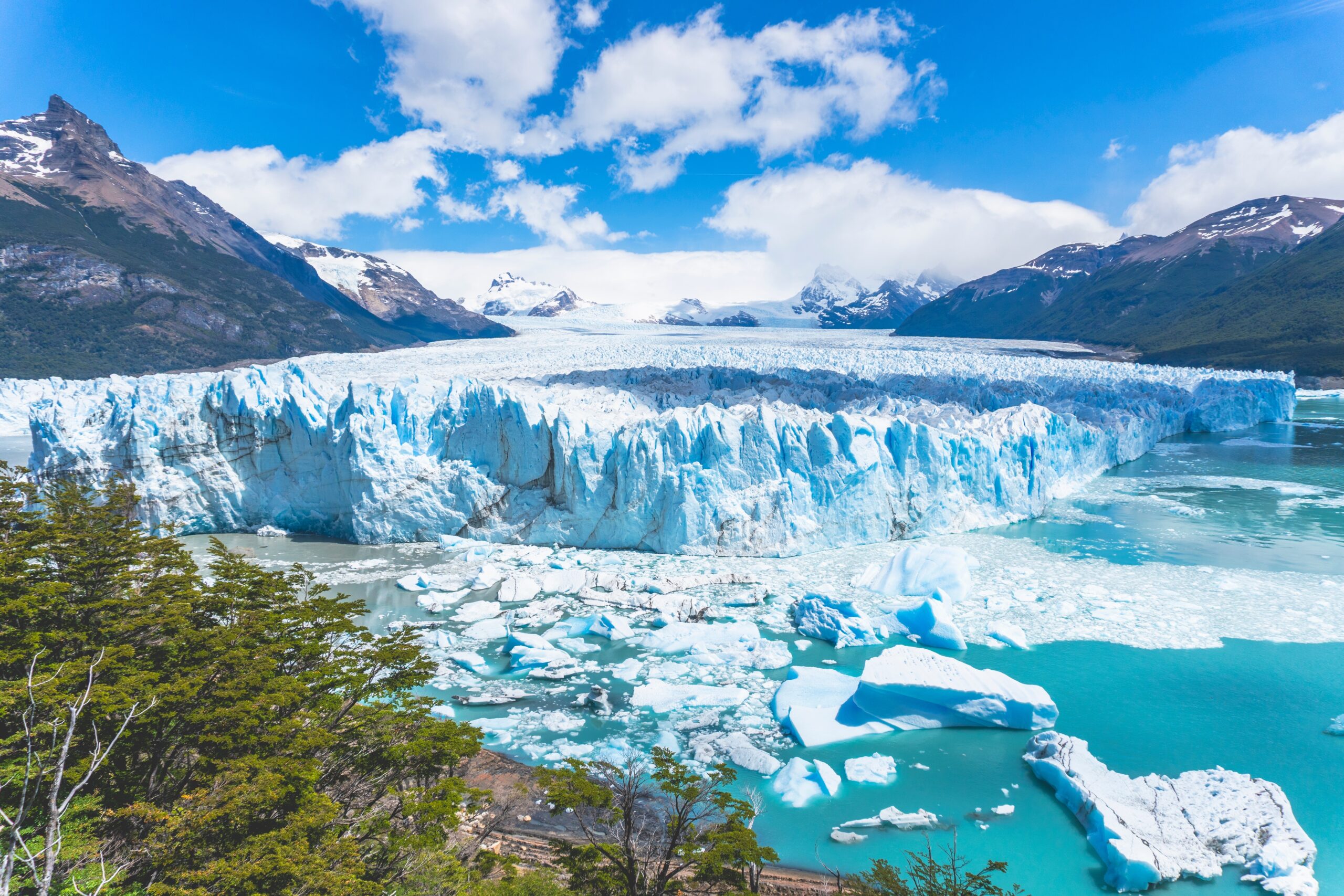
Perito Moreno Glacier is one of Argentina’s most famous natural attractions. It spans over 97 square miles, located in the Los Glaciares National Park. What sets it apart is its rare growth, as most glaciers are shrinking. Massive ice chunks regularly break off into the turquoise waters of Lake Argentino. Its vibrant blue hues make it a breathtaking sight, especially at sunrise.
Vatnajökull Glacier, Iceland
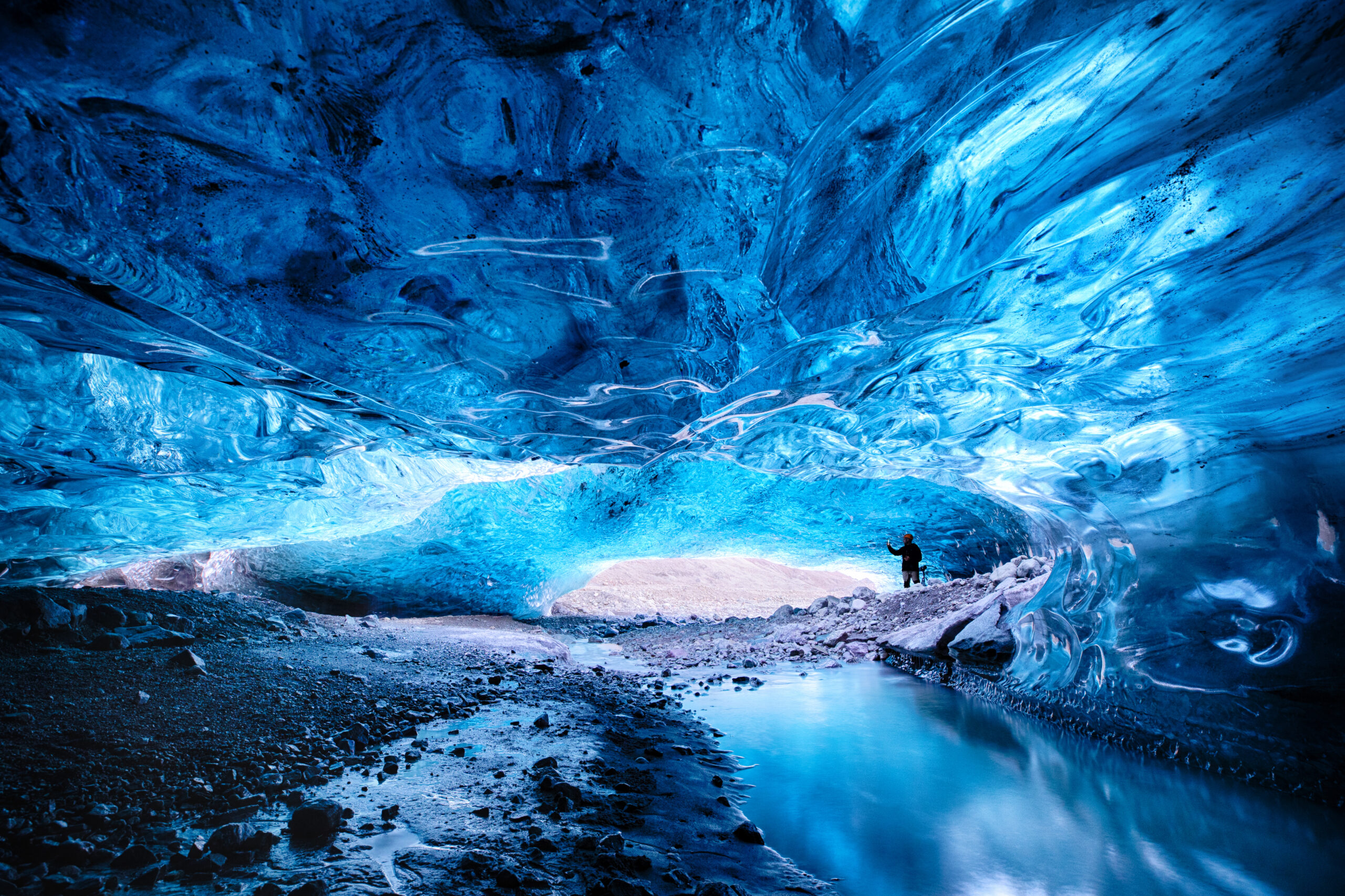
Vatnajökull is Iceland’s largest glacier, covering nearly 8% of the country’s land area. This vast ice cap hides several active volcanoes beneath its surface. The glacier’s rugged terrain includes ice caves, volcanic craters, and deep crevasses. Rivers flowing from it create impressive waterfalls that shape the landscape. The glacier also serves as a backdrop for many film scenes, including those from Game of Thrones.
Lambert Glacier, Antarctica
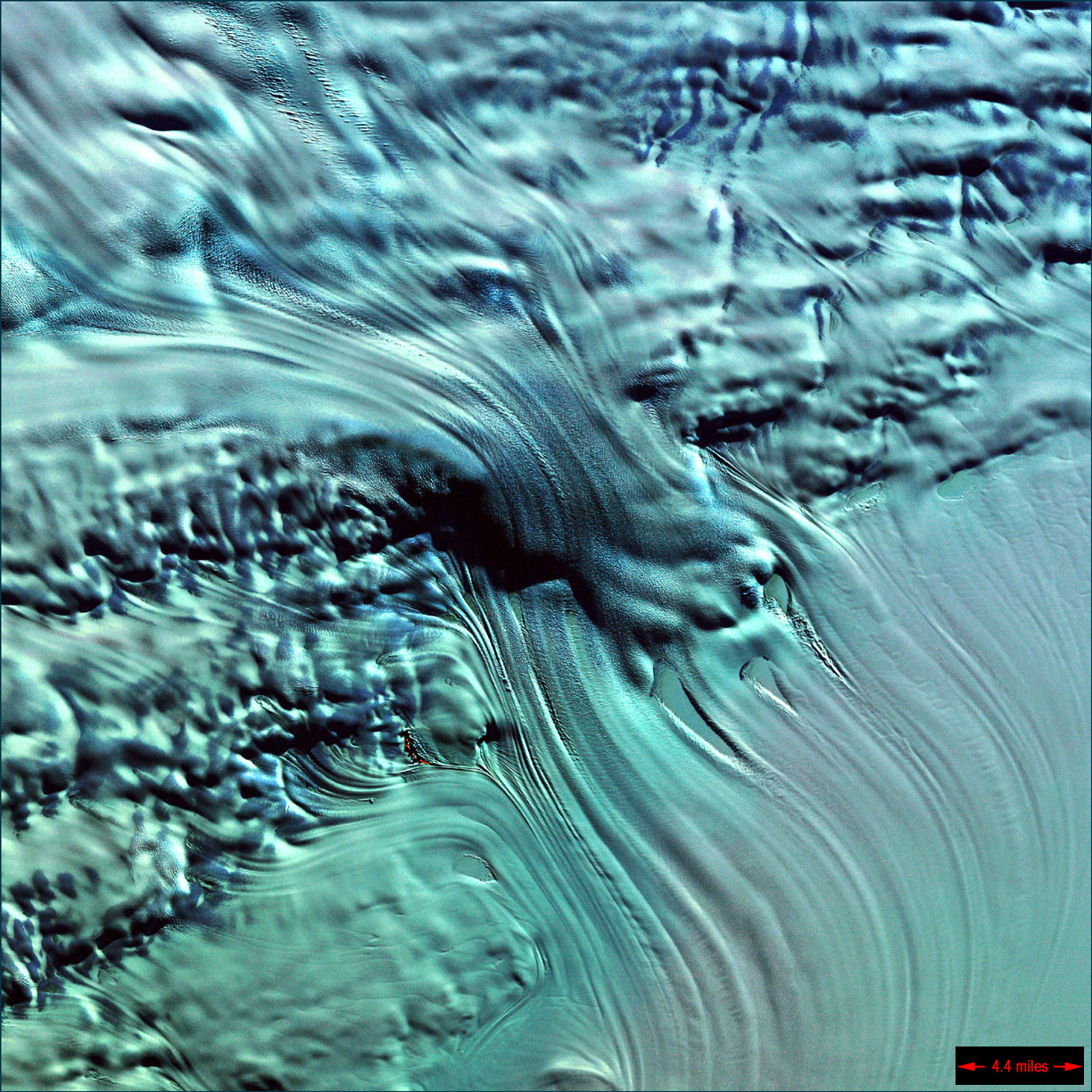
Lambert Glacier is the world’s largest glacier, stretching over 250 miles. Found in East Antarctica, it moves an astounding 1,300 feet each year. Its size makes it a critical contributor to global sea levels. The glacier is surrounded by towering ice cliffs, adding to its imposing nature. Despite its size, it’s difficult to access, making it one of the least visited.
Fox Glacier, New Zealand
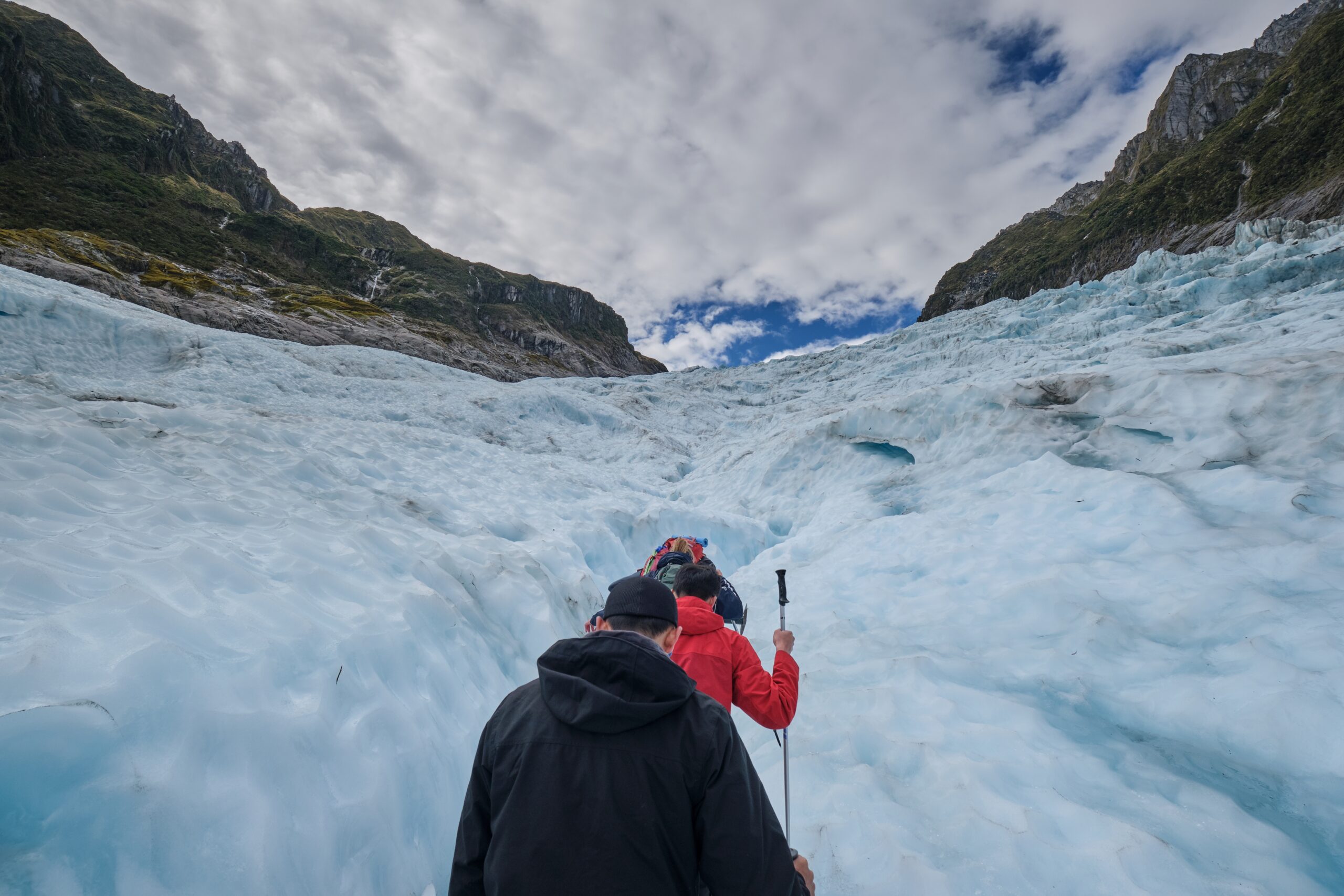
Fox Glacier is a dynamic formation on New Zealand’s South Island. It’s one of the few glaciers that descends into a temperate rainforest. The glacier extends over 8 miles, creating steep, icy slopes. Visitors can witness dramatic icefalls and glistening blue crevasses. Frequent helicopter tours offer aerial views of its rugged beauty.
Jostedalsbreen Glacier, Norway

Jostedalsbreen is the largest glacier in continental Europe, located in Norway. It covers an area of over 188 square miles, with multiple arms extending into surrounding valleys. Its ice sheets reach heights of up to 2,000 feet, offering spectacular views. The glacier’s melting ice creates swift-flowing rivers and waterfalls. Hiking trails around the glacier provide access to its most stunning viewpoints.
Glacier Bay, Alaska, USA
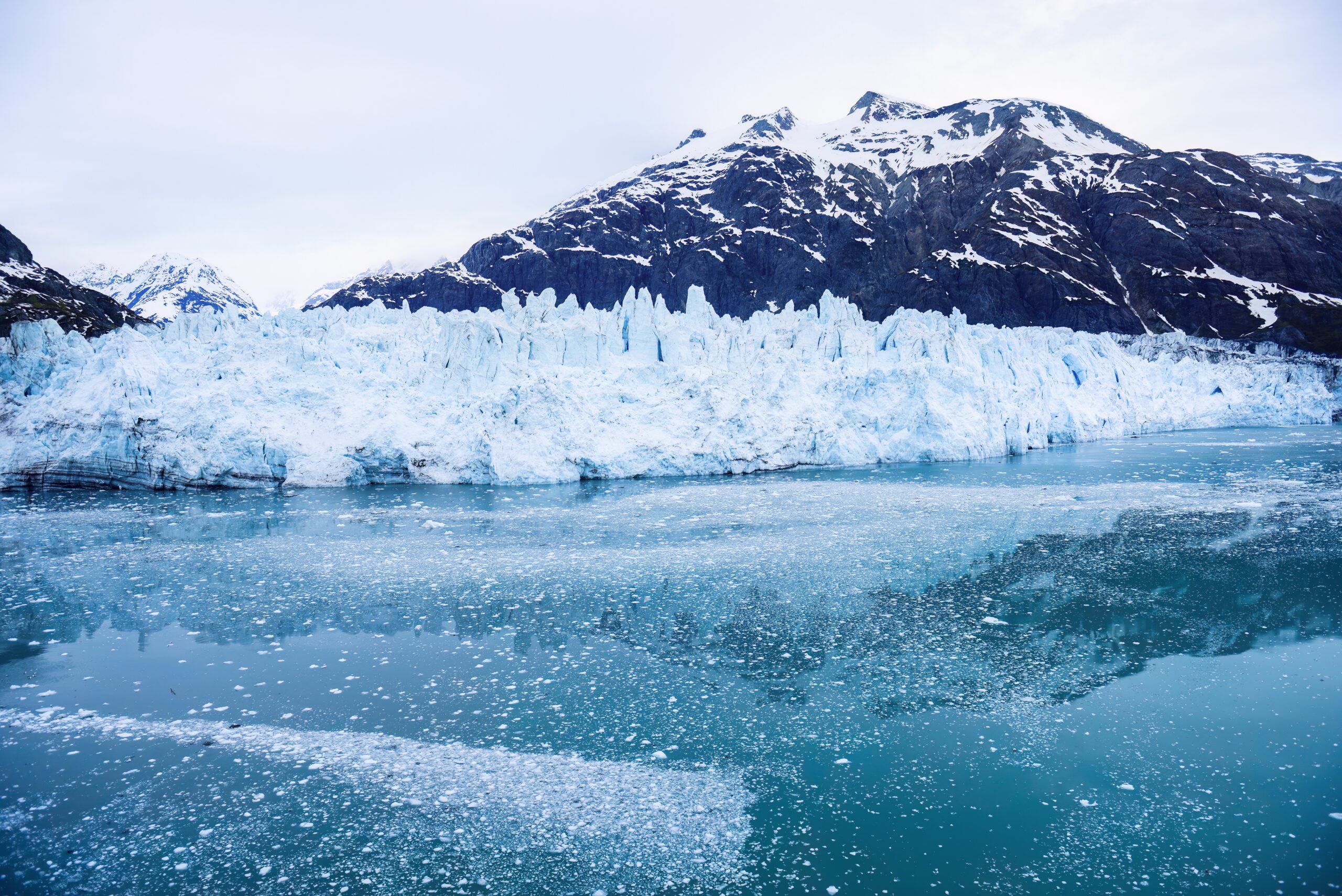
Glacier Bay National Park in Alaska is home to multiple tidewater glaciers. These glaciers flow directly into the sea, causing massive icebergs to break off. The bay is rich with marine life, including seals and humpback whales. Glacier Bay’s glaciers are rapidly retreating, making it a focus for climate research. Boat tours offer close-up encounters with towering ice walls.
Franz Josef Glacier, New Zealand
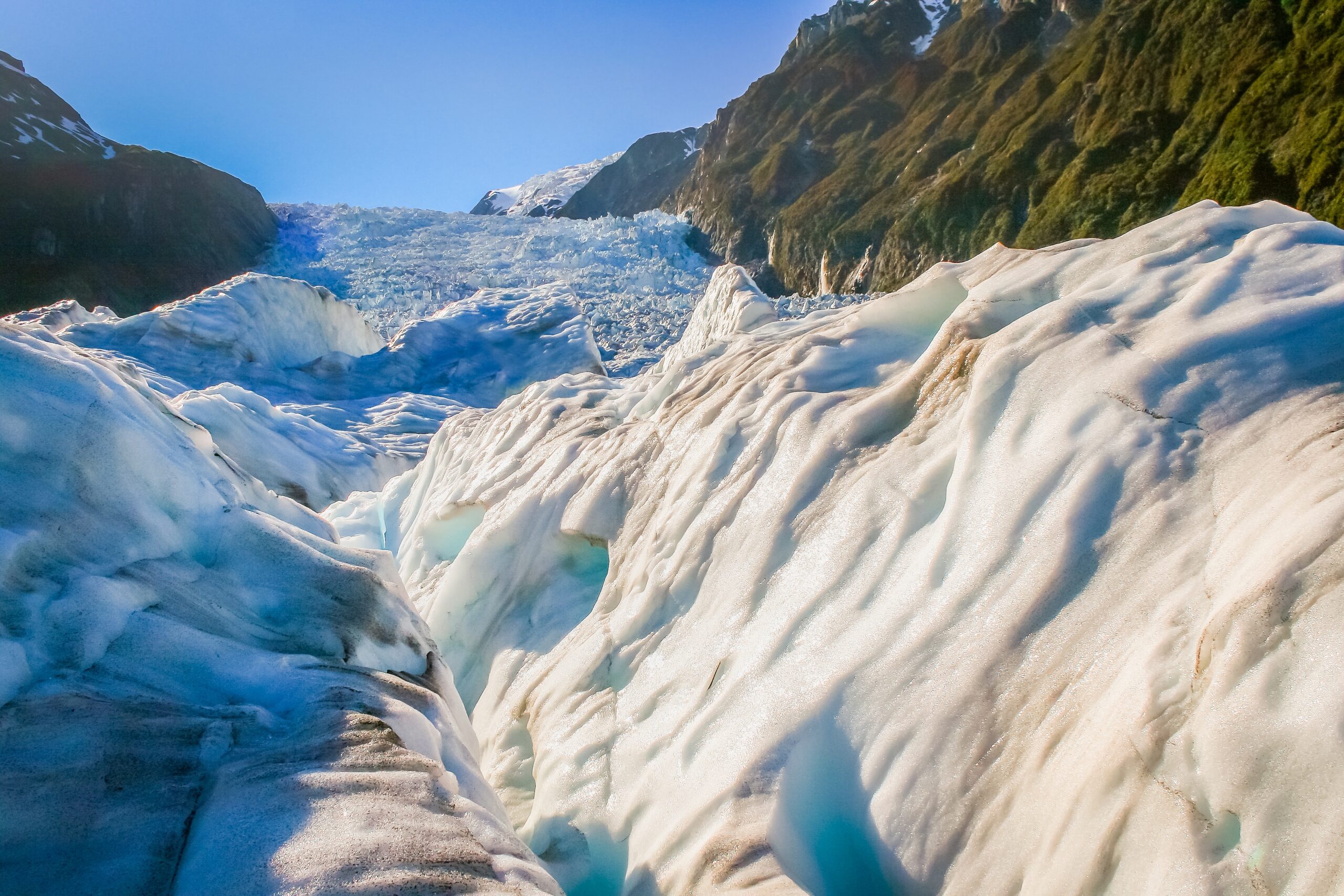
Franz Josef Glacier is located in the Southern Alps of New Zealand. It descends from high peaks into lush, temperate rainforest. The glacier is known for its rapid movement, advancing and retreating dramatically over short periods. Helicopter tours and guided hikes allow visitors to explore its striking ice formations. Its accessibility makes it one of the most visited glaciers in the world.
Aletsch Glacier, Switzerland

Aletsch Glacier is the largest glacier in the Alps, stretching over 14 miles. It sits in the heart of Switzerland and is part of a UNESCO World Heritage site. The glacier is known for its stunning size and its deep, ice-carved valleys. Its surface shows distinct lines, formed by centuries of movement. This natural wonder attracts hikers and nature lovers year-round.
Grey Glacier, Chile
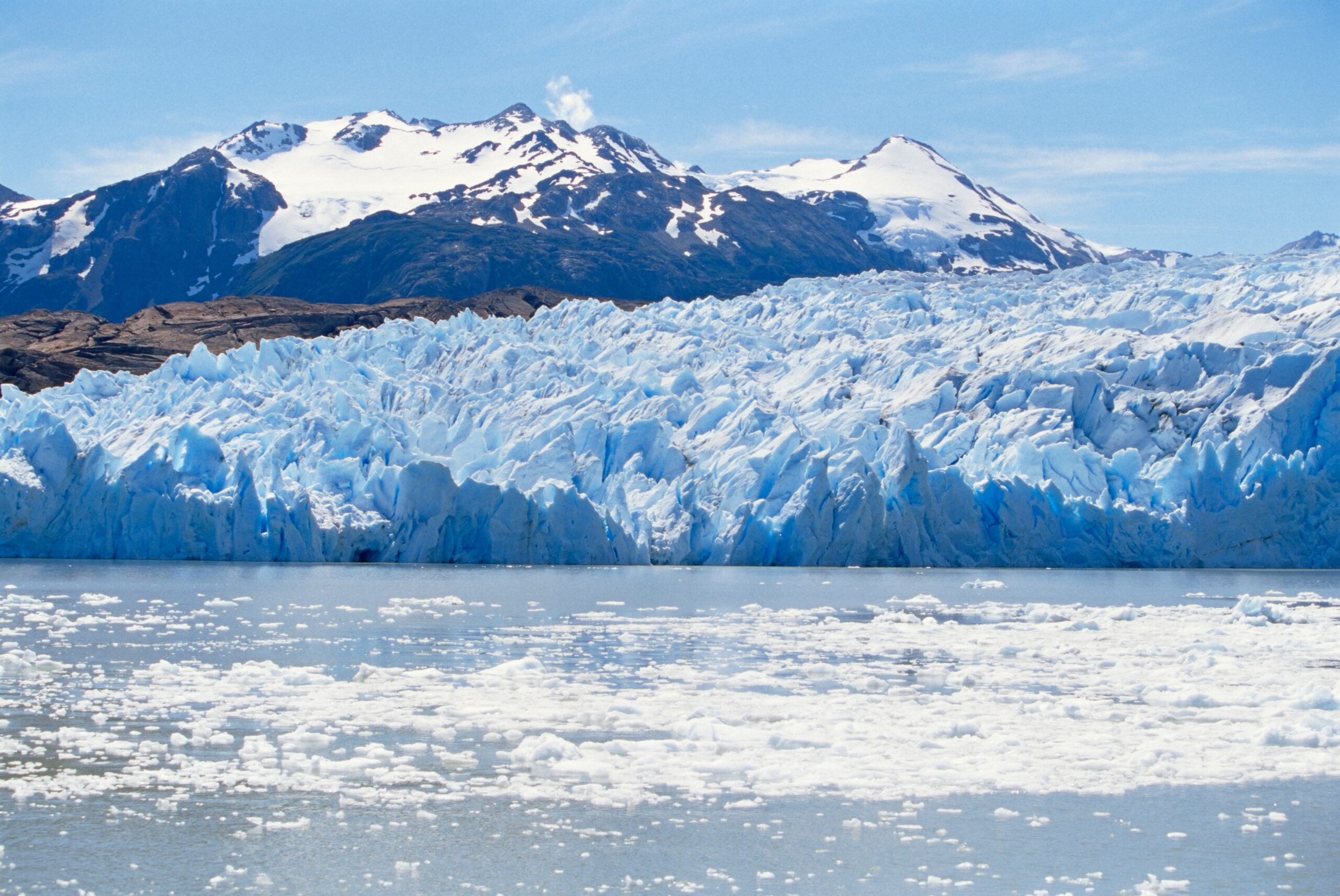
Grey Glacier is located in Chile’s Torres del Paine National Park. It covers an area of over 100 square miles, feeding into the turquoise waters of Grey Lake. Its towering ice walls reach heights of up to 100 feet, often calving massive icebergs. The glacier is known for its striking shades of blue, creating a surreal landscape. Boat tours offer an up-close view of its impressive ice formations.
Baltoro Glacier, Pakistan
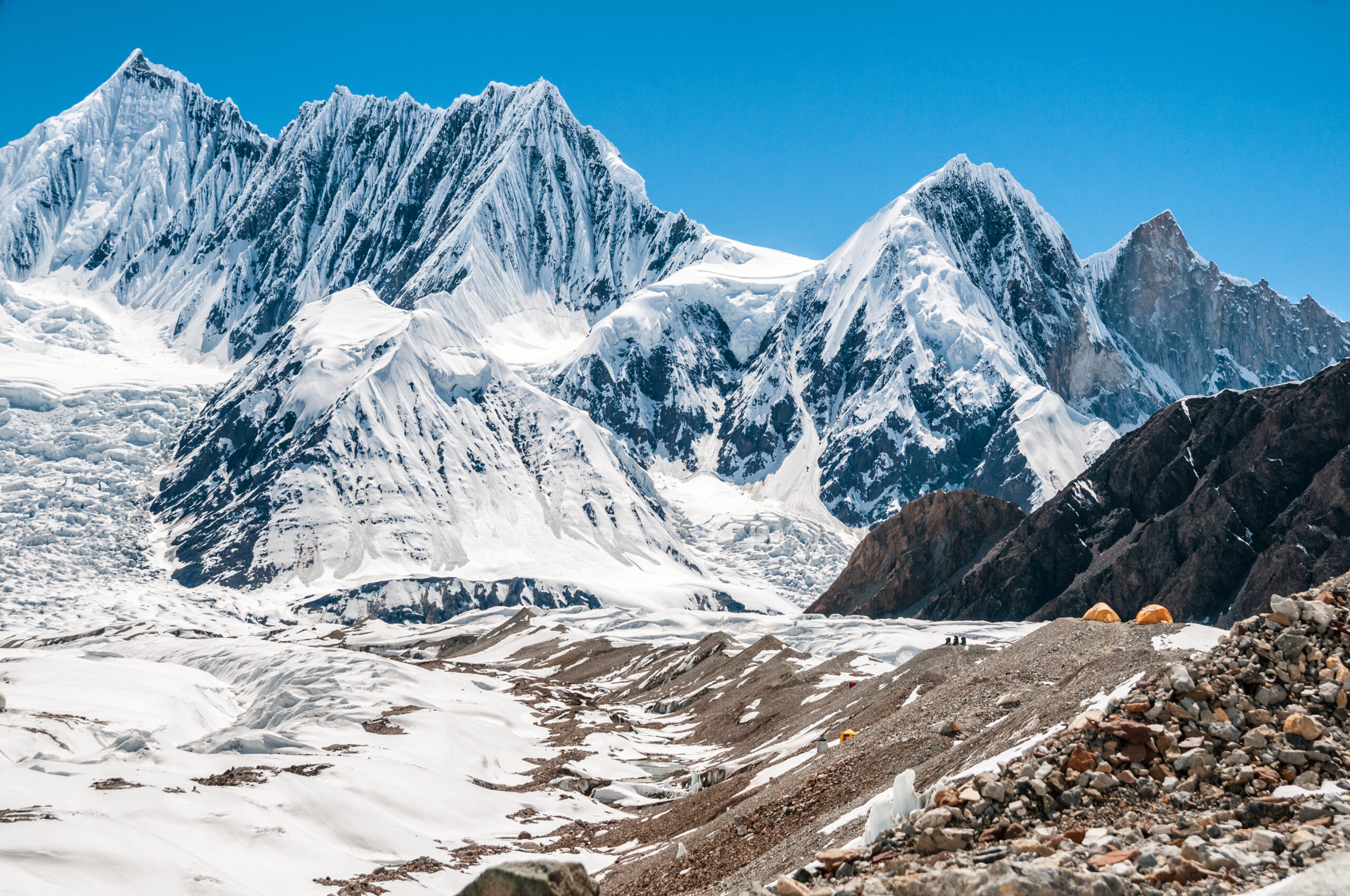
Baltoro Glacier is one of the longest glaciers outside the polar regions, stretching 39 miles. It lies in the Karakoram mountain range of Pakistan. The glacier is surrounded by some of the world’s highest peaks, including K2. Its surface is rugged, with sharp ice pinnacles and deep crevasses. Climbers and trekkers often traverse its length on expeditions to nearby mountains.
Hubbard Glacier, Alaska, USA
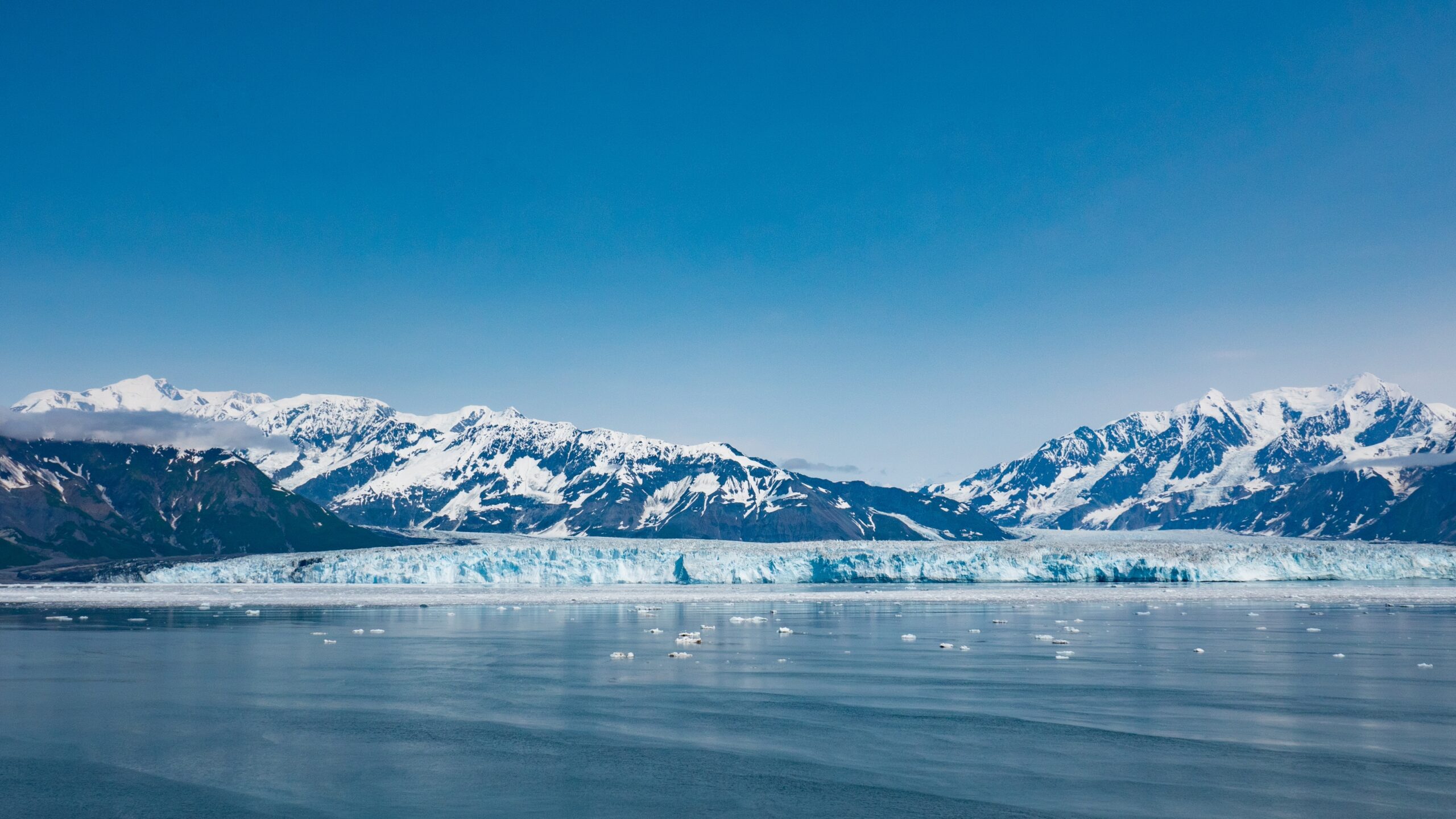
Hubbard Glacier is the largest tidewater glacier in North America. Located in Alaska, it spans 76 miles from its source to the sea. Unlike many glaciers, it is advancing, pushing further into Disenchantment Bay. Its towering ice cliffs regularly calve, sending massive icebergs into the water. Boat tours provide spectacular views of this ever-changing ice landscape.
Siachen Glacier, India/Pakistan
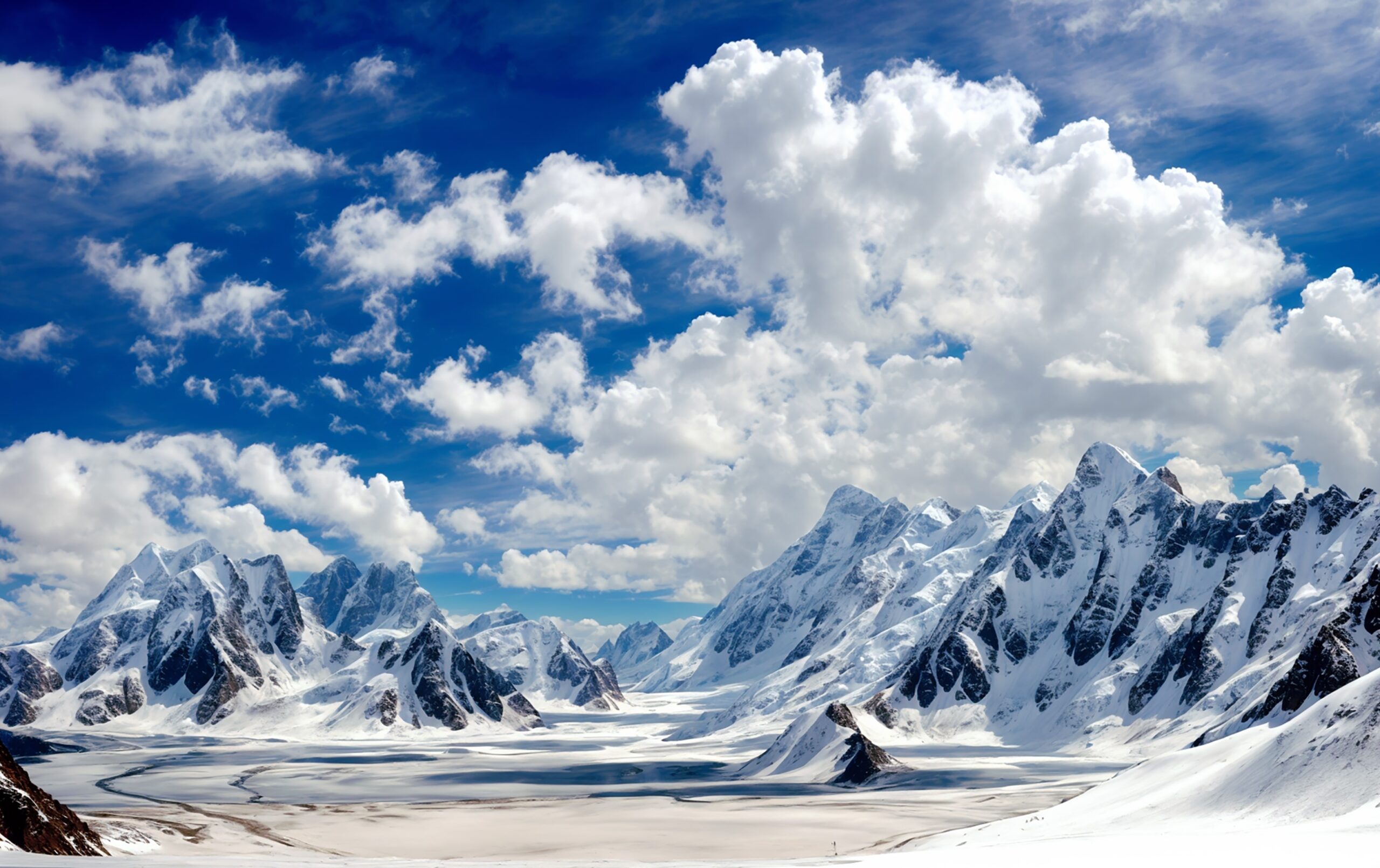
Siachen Glacier is the longest glacier in the Karakoram range, stretching 47 miles. Located at the India-Pakistan border, it is also the world’s highest battleground. The glacier’s surface is a mix of snow-covered ice and rocky debris. Its harsh environment makes it nearly inaccessible to tourists. Despite this, its size and elevation make it a key feature of the region.
Malaspina Glacier, Alaska, USA
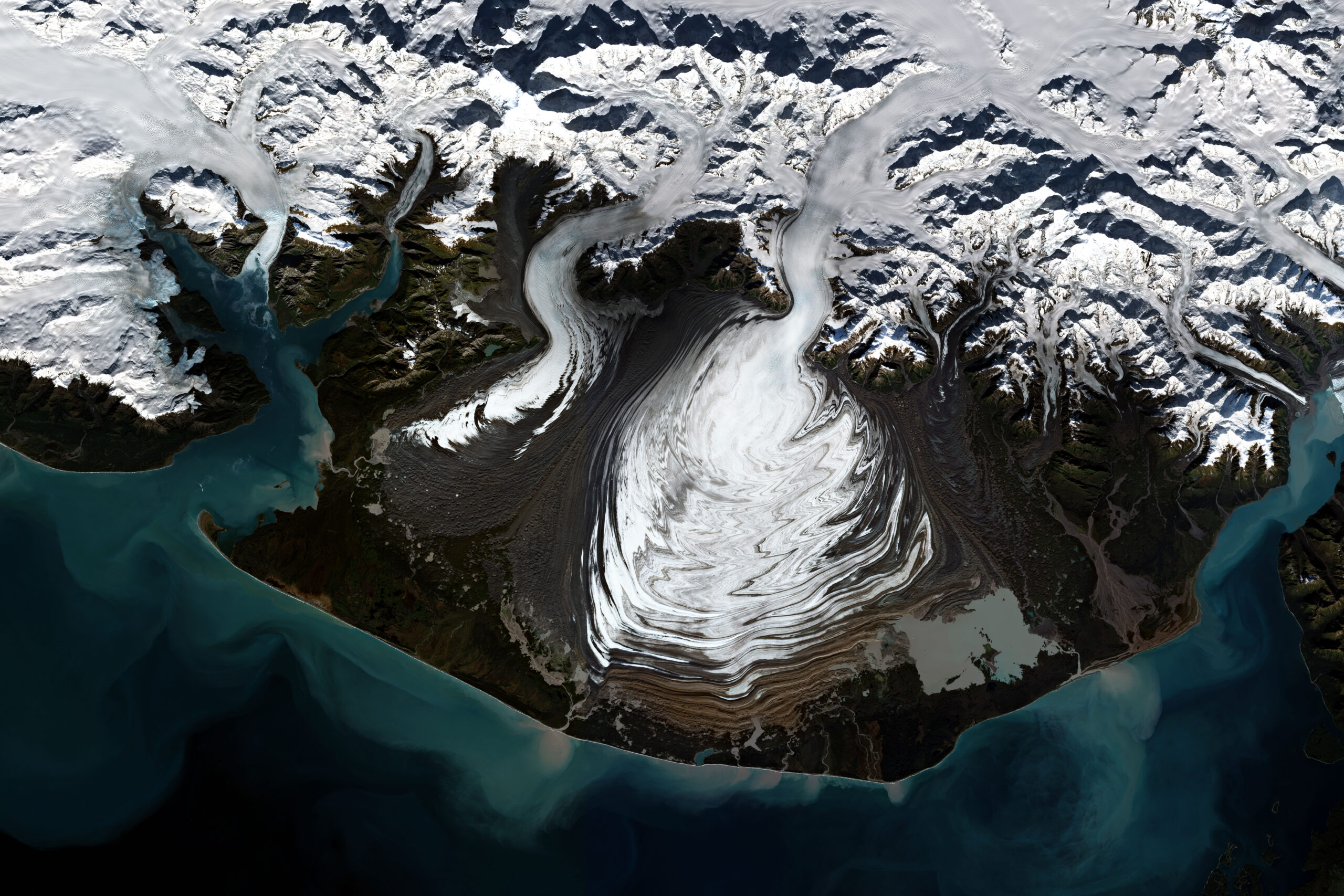
Malaspina Glacier is the largest piedmont glacier in the world. It spreads over 1,500 square miles along the coast of Alaska. The glacier’s massive ice sheet flows out from the mountains and fans out into the coastal plains. Its wide, flat surface is dotted with lakes formed from melting ice. The scale of this glacier is so vast it can be seen from space.
Pasterze Glacier, Austria
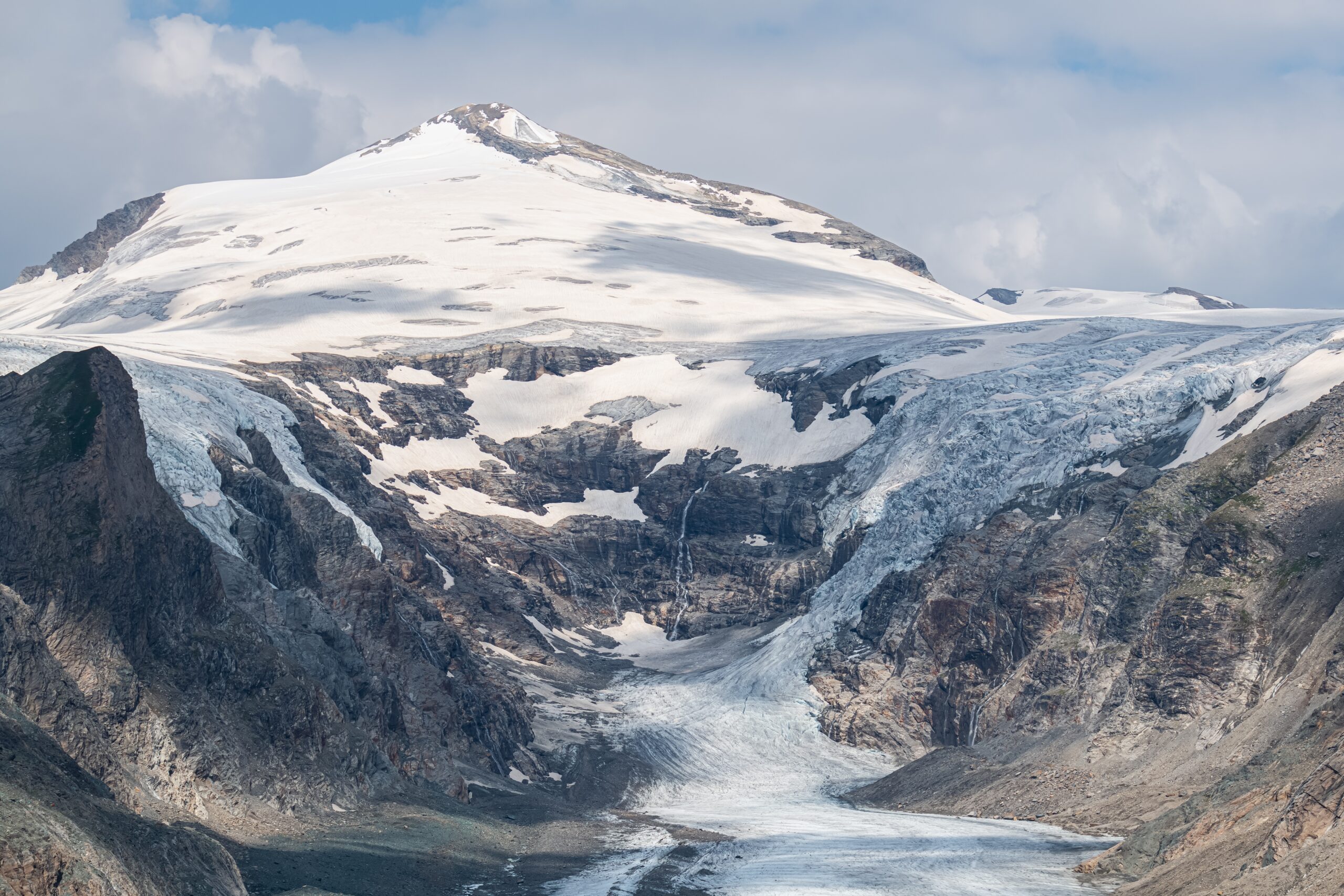
Pasterze Glacier is the longest glacier in Austria, extending over 5 miles. It lies at the base of the country’s highest mountain, Grossglockner. The glacier’s surface is creased with deep crevasses and ice ridges. Its retreat over the past century has created a unique, changing landscape. Visitors can take a cable car to witness the glacier’s slow movement firsthand.
Jakobshavn Glacier, Greenland
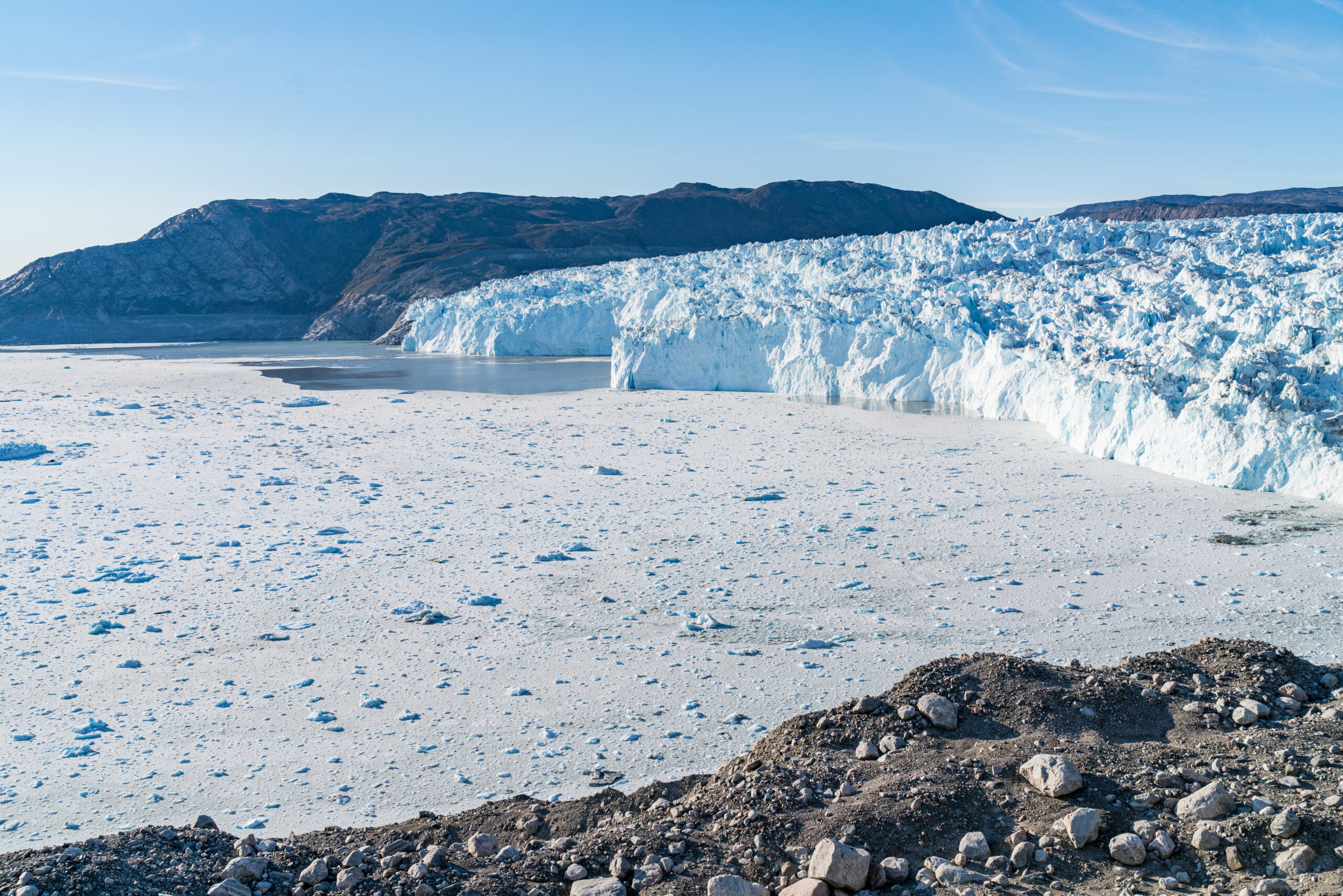
Jakobshavn Glacier, also known as Sermeq Kujalleq, is one of the fastest-moving glaciers in the world. Located in western Greenland, it flows into the Ilulissat Icefjord. The glacier moves at a rate of nearly 100 feet per day, calving enormous icebergs into the sea. Its rapid movement makes it a key contributor to rising sea levels. The icebergs it produces are some of the largest on Earth.
Pine Island Glacier, Antarctica
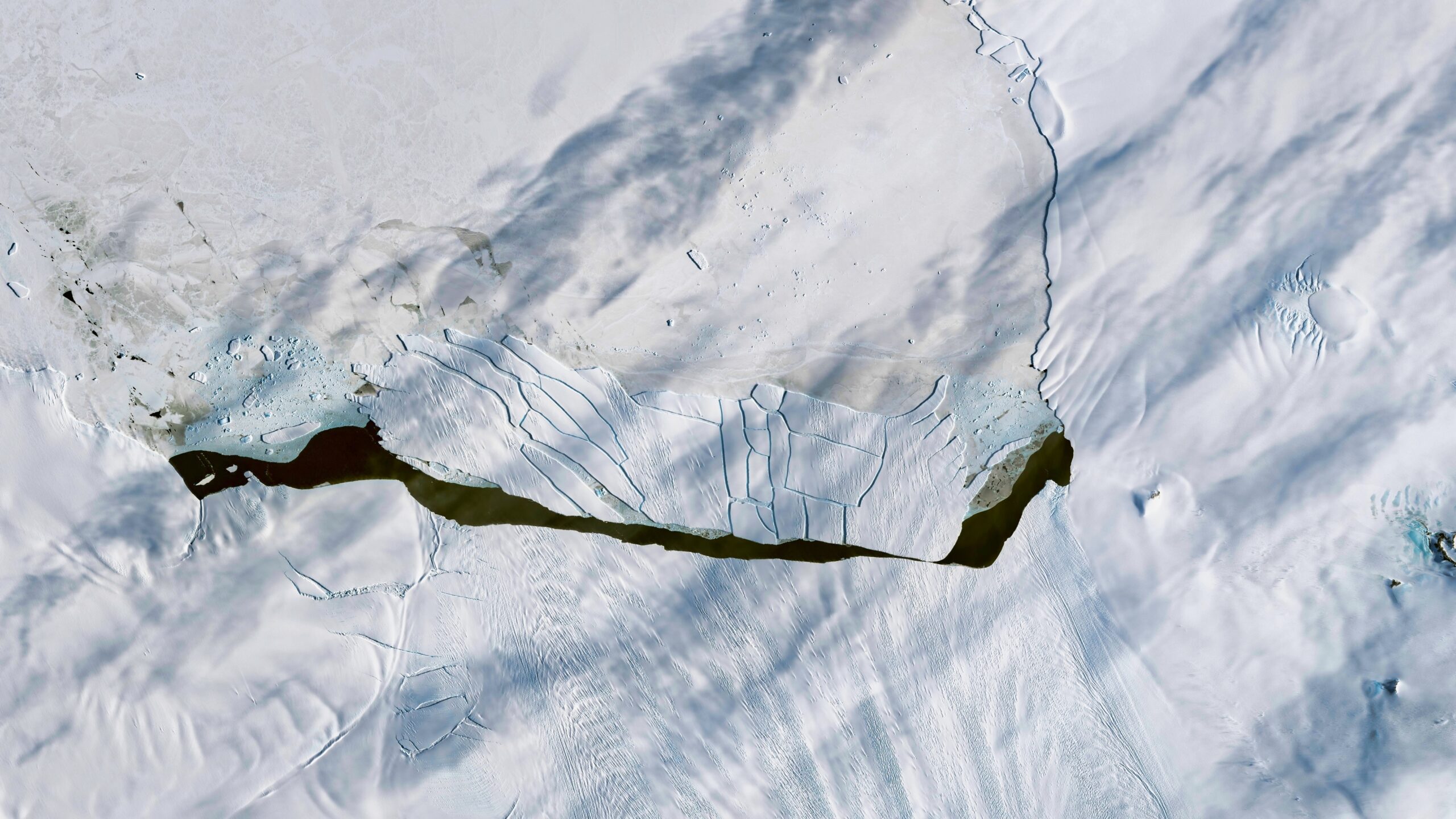
Pine Island Glacier is one of the fastest melting glaciers in Antarctica. It stretches over 160 miles and drains a significant portion of the West Antarctic Ice Sheet. The glacier moves rapidly, discharging massive amounts of ice into the Amundsen Sea. Its retreat has accelerated in recent years, raising concerns about rising sea levels. Due to its remote location, it is monitored closely by scientists using satellite imagery and ice-penetrating radar.
This article originally appeared on Rarest.org.
More from Rarest.org
10 Unexpected Items That Skyrocketed in Value Over Time

Some items start out as ordinary purchases but unexpectedly gain immense value over time. Whether due to nostalgia, cultural significance, or scarcity, these once-common objects have become prized treasures in collectors’ markets. Read More.
1976 Roosevelt Dime Value Guide

The 1976 Roosevelt dime is made of 91.67% copper and 8.33% nickel. Its core is made of solid copper while its surface is clad with nickel. Read More.
1978 Eisenhower Silver Dollar Value Guide

The 1978 Eisenhower dollar is valuable depending on its condition, preservation, rarity, and composition. Read More.
